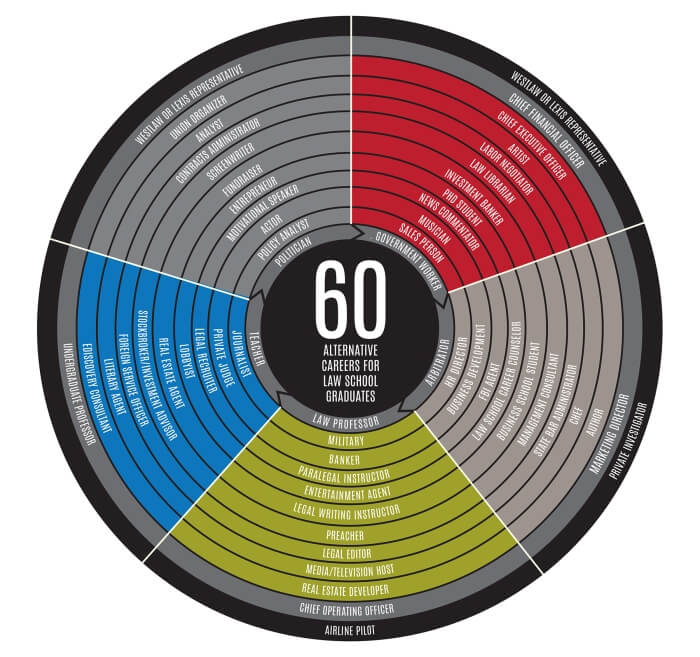
U.S. District Judge Paul Grewal in San Jose has ruled that in declining to conduct a full-fledged environmental impact study before leasing out the land for drilling, the Interior Department’s Bureau of Land Management had erred and violated the law.
The court observed that the analysis made by the Bureau of Land Management was flawed as it “did not adequately consider the development impact of hydraulic fracturing techniques … when used in combination with technologies such as horizontal drilling.”
Grewal further observed that the “potential risk or contamination from fracking, while unknown, is not so remote or speculative to be completely ignored.”
While the judge did not cancel the leases already issued by the federal government, he asked the parties in the lawsuit to confer and either submit a joint plan of action or be ready to argue their respective cases.
Effectively, until a consensus is reached, or the case is concluded on merits, fracking won’t start in the Monterey Shale Formation.
Though environmentalist groups welcomed the decision, the oil company representatives downplayed its significance as something in the nature of occupational hazard. Tupper Hull, a spokesman for the refinery group Western States Petroleum Association said, “There are many hurdles that producers have to go through, and oftentimes they add delay and cost to energy production.”
The lawsuit was filed by the Center for Biological Diversity and the Sierra Club. Opponents of shale fracking argue that the methods used in shale fracking are at odds with efforts to curb greenhouse emissions.










































